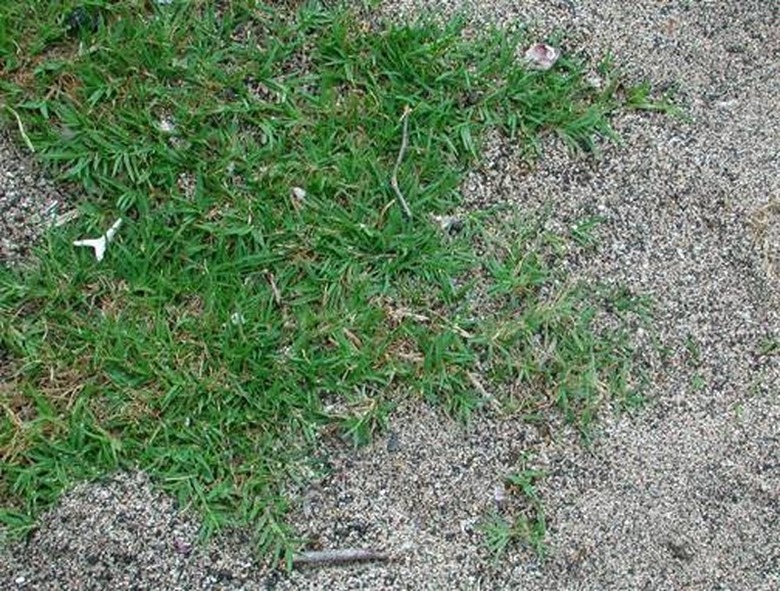How To Plant Bermuda Grass Seed
Things Needed
-
Bermuda grass seed
-
Tiller
-
Herbicide
-
Rake
-
Cultipacker
Tip
A plow can be used in place of a tiller to break up soil. The weed extermination process of tilling, watering, and applying herbicide can be repeated numerous times to ensure the Bermuda grass has no competition. A soil test can be performed to analyze the chemical make-up of the soil. Any nutrients the ground may be lacking can then be added to promote the growth of the Bermuda grass.
Bermuda grass is a tough, persistent plant that can be used for hay, or more commonly, can serve as lawn grass. It can adapt to most situations and can be grown by simply scattering grass seeds over a patch of dirt. To promote fast, strong growth with minimal weeds, the ground must be properly prepared and made ready to receive the Bermuda grass seed. This can take between a few weeks and several years to accomplish, depending on the size of the lawn, the amount of weeds, and the natural growth of the grass.
Step 1
Remove all prior vegetation from the area where the Bermuda grass seed will be planted. This can be done by hand or using herbicides and greatly reduces the competition the bermuda grass has for water, nutrients and sunlight.
Step 2
Use a tiller to cultivate, or break up, the soil. This promotes water and root penetration. Cultivating soil will also awaken the dormant seeds of weeds.
Step 3
Water the plot of land to stimulate the growth of these weeds. It is vital to the growth of the Bermuda grass to eliminate all weeds in the vicinity before planting. The weeds should germinate and begin to grow within weeks.
Step 4
Spray the newly grown weeds with an herbicide that kills on contact. In most cases, the ground should be tilled and watered once again to ensure that all weed seeds are gone.
Step 5
Rake the surface of the ground. Be careful not to go too deep or more weed seeds could be brought to the surface and take root. Wait until the temperature of the soil is between 65 degrees F and 70 degrees F. Hotter soil is usually lower in water content, while colder soil is harder and greatly inhibits the growth of Bermuda grass.
Step 6
Shower the plot of land with Bermuda grass seed. Try to apply an even coat of seeds over the surface area. Lightly rake the ground to break up the dirt again and mix the seeds in with the soil. Once again, be sure not to rake too deeply.
Step 7
Use a cultipacker to firmly embed the seeds in the soil to ensure they won't be eaten or blown away. Keep the seeds well irrigated in dry climates. In two to three weeks, Bermuda grass sprouts should begin to appear.
